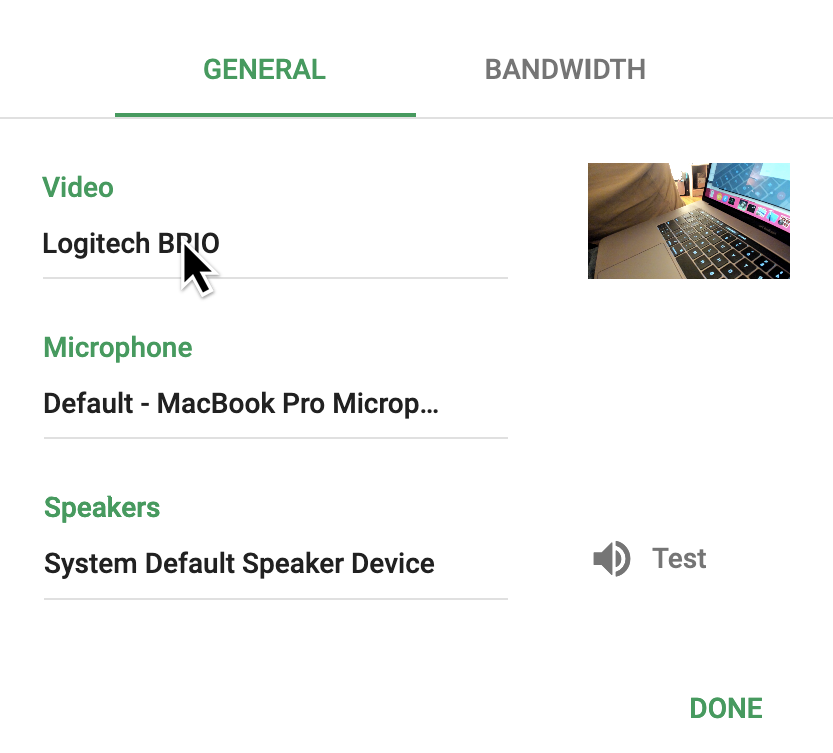If gather the issue correctly, could not a <select multiple> or equivalent UI be used to select multiple devices, where such implementation can be uniform across implementations?
<form>
<select multiple>
<option value="camera_1">Camera 1</option>
<option value="camera_2">Camera 2</option>
<option value="audio_input">Audio input</option>
<option value="audio_output">Audio output</option>
</select>
<input type="submit">
</form>
<pre></pre>
<script>
document.forms[0]
.onsubmit = e => {
e.preventDefault();
e.target.nextElementSibling
.textContent = JSON.stringify(
[...e.target.elements[0].selectedOptions].map(({value}) => value)
, null, 2);
}
</script>For direct request for permission of multiple devices using getUserMedia() alone, one option would be to allow an array of constraints to be passed
getUserMedia({audio:true, video:true})` // default
.then(permission_stream => enumerateDevices()) // permission required w3c/mediacapture-main#640
.then(devices => {
getUserMedia([
{audio:{deviceId:{exact:<device_id>}}}
, {audio:{deviceId:{exact:<other_device_id>}}}
, {video:{deviceId:{exact:<specific_device_id>}}}
])
})
In hindsight, in-content device selection was a mistake. It's
The PING outlines the way forward in https://github.com/w3c/mediacapture-main/issues/640#issuecomment-549540203:
That's an in-chrome picker ("in-chrome" = implemented in the browser). In-chrome pickers
~https://github.com/w3c/mediacapture-main/pull/644 is my proposal for reshaping
getUserMediato serve this need, as well as solve https://github.com/w3c/mediacapture-main/issues/648.~